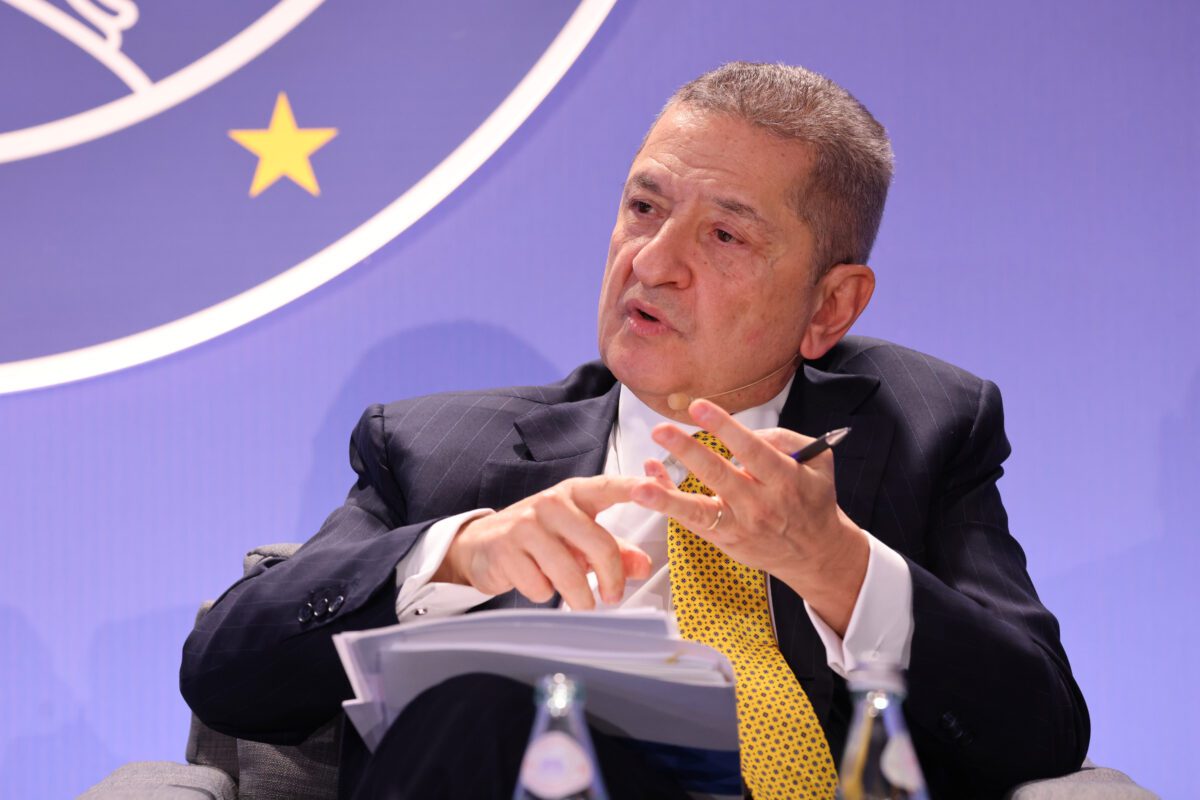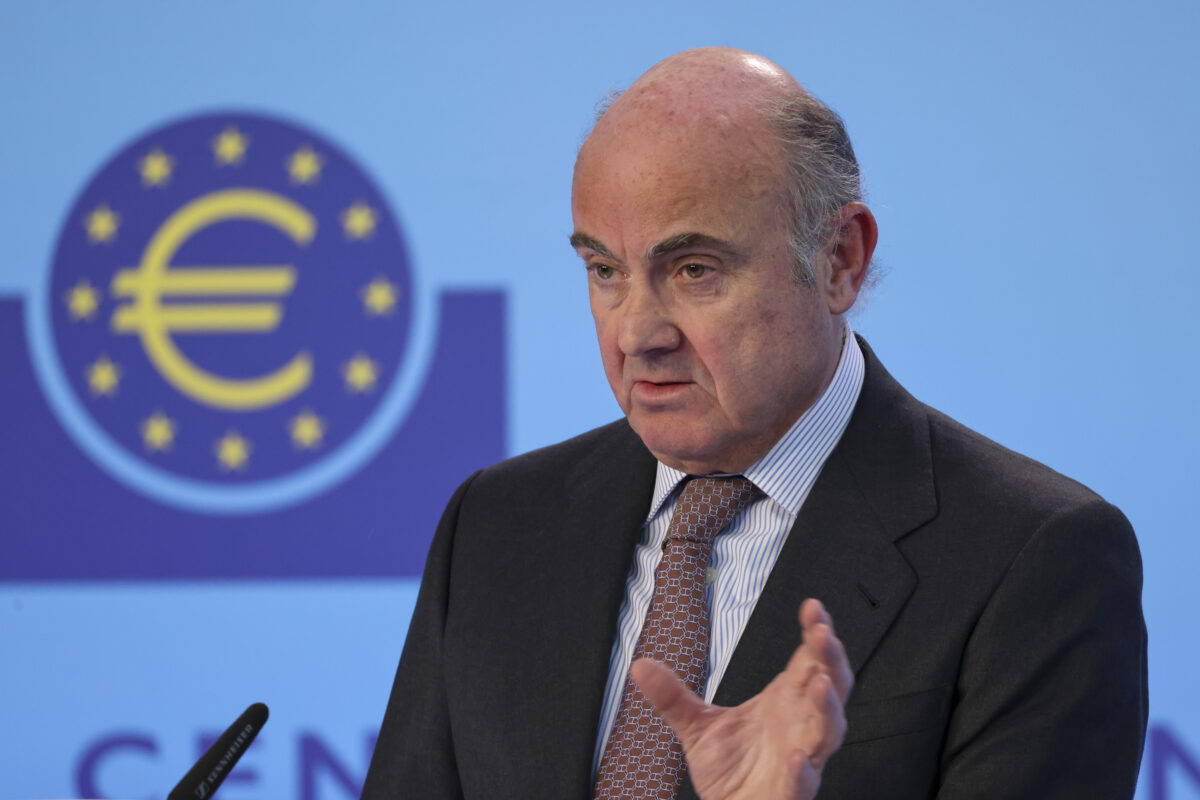FMW-Redaktion
Das EZB-Protokoll für die Sitzung vom 7.-8. März 2018 wurde veröffentlicht. Hier in relativ kurzer Form wichtige Aussagen der Notenbanker.
Da wäre zum einen die Aussage, dass es eine breite Übereinstimmung bei der EZB gebe, dass die globalen ökonomischen Risiken zunehmen.
Und es gebe auch umfassende Bedenken, dass Handelskonflikte ein Risiko (für die Konjunktur) darstellen.
Und letztlich am Wichtigsten ist wohl die Aussage im EZB-Protokoll, dass man sich einig sei, dass es nicht genug Beweise dafür gibt, dass die Inflation (in der Eurozone) nachhaltig sei.
Das bedeutet im Klartext: Weit und breit ist keine Zinswende in Sicht. Die gerade erst von Ewald Nowotny angedeutete Zinswende ist unrealistischer denn je. Wie gut, dass die Notenbanker der Mittelmeer-Volkswirtschaften jede Menge geopolitische und handelspolitische Risiken anführen können, welche natürlich alle so richtig schlimm und gefährdend für die Inflation in Europa sind!
Dementsprechend reagiert der Euro seit der Veröffentlichung. Er fällt von 1,2350 auf 1,2318.
Hier einzelne Ausschnitte aus dem EZB-Protokoll im Wortlaut:
Turning to price developments, according to Eurostat’s flash estimate, annual HICP inflation had stood at 1.2% in February 2018, down from 1.3% in January. HICP inflation excluding food and energy had been 1.0% in February, unchanged from January but slightly up from 0.9% in December. Measures of underlying inflation remained low by historical standards, although they had shown a marked improvement since the trough in 2016. Overall, these developments suggested that the strong cyclical momentum, the ongoing reduction of labour market slack and increasing capacity utilisation were translating into a steady, albeit slow, upward movement in inflationary pressures.
As regards wages, recent developments had confirmed a gradual upward trend. This increase was mainly attributable to higher contributions from wage drift, which usually reacted to cyclical developments with a shorter lag than negotiated wages. According to the March 2018 ECB staff projections, growth in compensation per employee was expected to pick up from 1.6% in 2017 to 2.7% in 2020.
In the March ECB staff projections, headline inflation was expected to reach 1.7% in 2020, driven by underlying inflation, after 1.4% in both 2018 and 2019. Compared with the December 2017 Eurosystem staff projections, the outlook for HICP inflation had been revised down slightly for 2019. The outlook for HICP inflation excluding food and energy was unchanged compared with the December 2017 Eurosystem staff projections and was expected to rise from 1.1% in 2018 to 1.5% in 2019 and 1.8% in 2020.
Inflation expectations, based on longer-term market and survey-based measures, were largely unchanged since the Governing Council’s January monetary policy meeting.
Members observed that wage dynamics were still relatively subdued, as reflected in annual increases in compensation per employee, which stood at 1.7% in the third quarter of 2017, although it was expected that cost pressures should gradually increase as the economic expansion continued and slack in the labour market was absorbed.
As regards recent developments in inflation expectations, members noted that both market-based measures and survey-based longer-term measures remained broadly stable. Expectations of inflation five years ahead in the ECB’s Survey of Professional Forecasters (SPF) for the first quarter of 2018 stood at 1.9% and the five-year forward inflation-linked swap rate five years ahead currently stood at 1.71%. While this was still higher than at the December 2017 monetary policy meeting, it was slightly lower than the level observed at the time of the Governing Council’s January 2018 monetary policy meeting. It was remarked that evidence from both the SPF and option prices pointed to a shift towards higher inflation expectations since early 2015, after the start of the APP, with deflation scenarios clearly priced out.

Die Zentrale in Frankfurt. Foto: EZB
Kommentare lesen und schreiben, hier klicken












